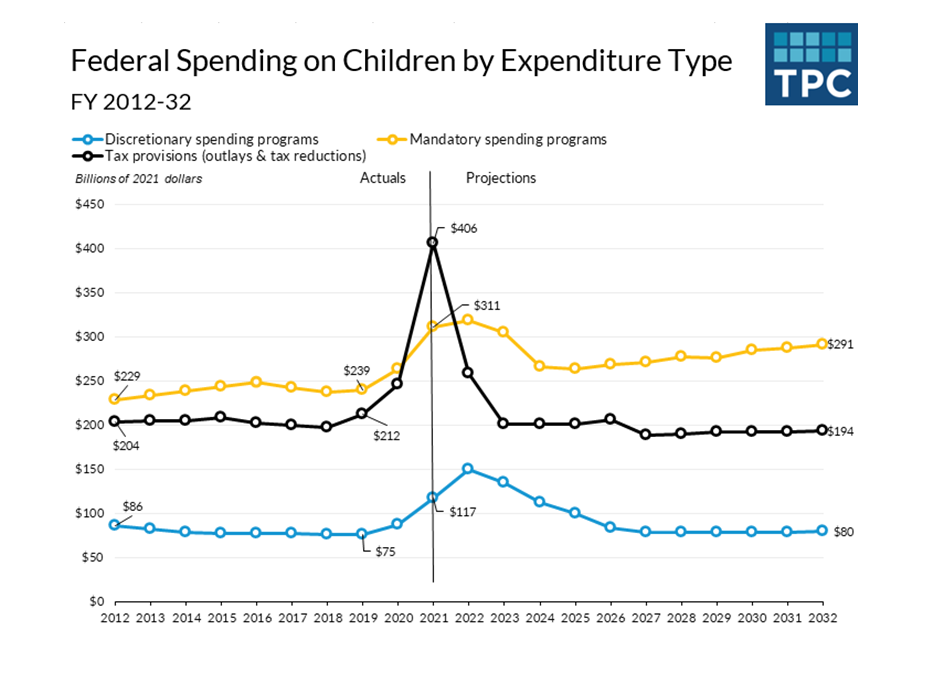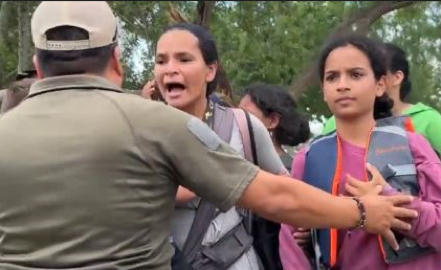Proposed New Asylum Regulation Packed Full of Loopholes
On February 21, 2023, the U.S. Department of Homeland Security (DHS) and U.S. Department of Justice (DOJ) announced that the agencies are issuing a new asylum regulation intended to deter illegal immigration at the southern border. The proposal, which critics have equated to similar Trump-era policy, is so fraught with exceptions and loopholes that the general public should expect few prospective migrants to actually be deterred.
The proposal is a part of the package of reforms the Biden administration announced on January 5, 2023 to prepare for the end of its use of Title 42. The Biden administration’s new regulation creates a “rebuttable presumption of asylum ineligibility” for aliens who either fail to enroll in one of the Biden administration’s new parole programs or use the CBP One app to schedule their arrival in the United States after traveling through a country (other than their country of origin) en route to the United States in which they could have applied for asylum.
This type of deterrence policy was originally implemented by the Trump administration in 2019, but ultimately vacated by a federal court. The Trump rule, referred to as the “third-country transit rule”, barred aliens from asylum eligibility if they transited through a third-country (a country other than their home country and the United States) without first seeking protection there.1
There are two important differences between the Trump-era regulation and the Biden administration’s new proposed rule I want to highlight. First, the Trump-era regulation barred aliens from receiving asylum if they did not fall under an exception to the rule (see end note 1). The Biden proposal, on the other hand, imposes a “rebuttable presumption” against eligibility. This means that aliens who make a credible fear claim could present evidence to overcome this presumption, thus giving asylum officers more issues to analyze in already long credible fear interviews.
Second, unlike the Trump-era third-country transit rule, the Biden administration’s proposed rule does not require aliens to submit an application for protection in a country they have transited through en route to the United States. The Biden administration will allow an alien to circumvent the presumption against eligibility so long as they merely “pursue a lawful pathway”, i.e., schedule their unlawful arrival using DHS’s new CBP One app and enter via an issuance of parole. The rule, however, allows an alien to circumvent this requirement (and the rule’s presumption against eligibility for asylum) if the alien can show that they faced a language or technical barrier that posed a “serious obstacle” in operating the mobile phone app.
The proposal also includes several wide exceptions that threaten to swallow the whole rule. First, an alien can circumvent this rule if they can demonstrate to an asylum officer or immigration judge that they (or an accompanying family member) faced an acute medical emergency; faced an imminent or extreme threat to life or safety (such as a threat of rape, kidnapping, torture, or murder); or fall under the definition of a “victim of a severe form of trafficking in persons”.
Second, and this is important: The regulation includes a carve-out for family units who are able to establish eligibility for withholding of removal under section 241(b)(3) (covering persecution claims) of the Immigration and Nationality Act (INA) or 8 C.F.R. § 1208.16(c)(2) (covering torture claims). This exception may arguably be large enough to defeat the rule’s entire deterrence purpose as it applies to adults who bring children to the United States illegally in order to increase their chance of release into the United States. If the Biden administration sincerely wants to deter the smuggling of children into the United States, this is not the way to do it.
The proposal also does not apply to unaccompanied alien minors who must, under law, be transferred to Department of Health and Human Services custody for placement with a foster family within 72 hours. The Trump administration’s third-country transit rule maintained the same policy with regard to this vulnerable group.
DHS and DOJ stated that the new rule is intended to “encourage migrants to avail themselves of lawful, safe, and orderly pathways into the United States, or otherwise to seek asylum or other protection in countries through which they travel”, and only intends to implement the regulation on a temporary basis. The departments added that, without such measures in place, they expect illegal immigration into the United States across the southern border to “increase significantly, to a level that risks undermining the Departments’ continued ability to safely, effectively, and humanely enforce and administer U.S. immigration law, including the asylum system, in the face of exceptionally challenging circumstances”.
Illegal immigration across the southern border, however, is already at crisis levels and has been so since fiscal year (FY) 2021. U.S. Customs and Border Protection (CBP) has apprehended over 4.2 million migrants since February 2021 (the month after Joe Biden became president). Specifically, CBP reported 1.7 million encounters for FY 2021; 2.4 million for FY 2022; and almost 900,000 encounters so far in FY 2023, with over 251,000 reported in the month of December 2022 alone. (These figures do not include “got-aways”, a term used by CBP to describe migrants whom officers detected crossing the border illegally but failed to apprehend.) Of those apprehended, approximately 1.8 million migrants were released into the country by the U.S. government, and experts estimate that roughly 1.2 million got-aways evaded apprehension entirely, for a total of nearly 3.1 million inadmissible aliens entering under the Biden administration alone.
Why Does This Fall Short?
There are reasons to be concerned about how effective the Biden administration’s proposal will be. First, the carve-outs outlined above will likely be easy to exploit and will continue to encourage migrants to smuggle children into the United States. This is a serious concern.
Second, requiring a prospective migrant to schedule their arrival using the CBP One app, or demonstrate that they have technical, language-related, or other barriers interfering with their ability to do so, will hardly deter an alien from seeking to enter the United States illegally. CBP has encountered aliens from countries around the globe illegally crossing the southern border since 2021. The CBP One app, on the other hand, is only available in five languages (English, Spanish, Haitian Creole, Portuguese, and Russian).
Third, an inadmissible alien who enters with an appointment is still an inadmissible alien. A (unlawful) grant of parole does not cure the border crisis, it only changes how the government is required to report the information to the public. And to be clear, what I mean by that is that it obscures the severity of the crisis because it allows CBP to report an inadmissible alien’s arrival to the United States as a lawful entry rather than a border encounter. This will enable the government to claim that the border is under control, while still releasing hundreds of thousands of aliens into the United States illegally per month. This time, however, it is our government that is acting illegally.
And finally, a point I’ve discussed before: Asylum is not the only form of immigration relief an alien can receive after they make a credible fear claim. An alien could be ineligible for asylum, but nevertheless be allowed to remain in the United States because an asylum officer determines that the alien has a “significant possibility” of eligibility for withholding or deferral of removal under the regulations implementing the Convention Against Torture (CAT).
Because the regulation does not amend eligibility under statutory withholding of removal (which also provides protection for aliens subject to persecution), or the regulations implementing CAT, aliens subject to the third-country transit policy may still receive positive credible fear determinations and be paroled into the United States (unlawfully, because of section 235 of the INA’s detention requirements). Therefore, a regulation that only limits asylum eligibility to a relatively small portion of border-crossers will not be enough to close loopholes in the broken system.
The Departments have solicited comments from the public on the proposed regulation. Comments are due 30 days after its official publication in the Federal Register.
End Note
1 The bar contained three exceptions to its applicability: 1) aliens who demonstrated that they applied for protection from persecution or torture in at least one of the countries through which they transited through en route to the United States (other than their home country), and that they received a final judgement denying them protection in such country; 2) aliens who could demonstrate that they are victims of human trafficking; and 3) aliens who have transited en route to the United States through only a country or countries that are not parties to the 1951 Convention on the Status of Refugees, the 1967 Protocol Relating to the Status of Refugees, or the United Nations Convention against Torture and Other Cruel, Inhumane or Degrading Treatment or Punishment.






